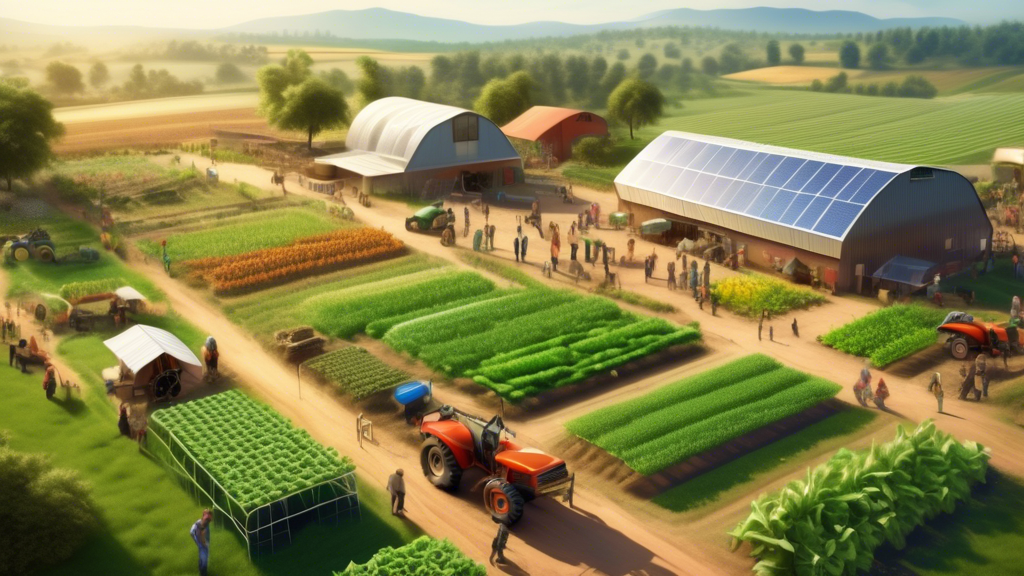How an Agricultural Community Enhances Farming Innovation

The modern agricultural landscape is on the brink of a revolutionary shift, largely fueled by the concerted efforts of agricultural communities globally. These communities foster collaboration, accelerate technological adoption, and streamline sustainable practices. Let's explore how these tightly-knit networks enhance farming innovation.
Collaboration and Knowledge Sharing
Agricultural communities are hubs of knowledge exchange. Farmers, researchers, and agribusiness leaders come together to share experiences, modern techniques, and advancements in farming technology. This collaborative environment encourages innovation through:
- Peer-to-Peer Learning: Veterans in the field share time-tested wisdom with newcomers, while innovative farmers introduce cutting-edge methods.
- Workshops and Seminars: Regular events provide platforms for learning about new technologies, sustainable practices, and market trends.
- Online Forums: Digital spaces enable constant interaction and the spread of information about best practices, pest control, and crop management.
Access to Advanced Technology
One of the most significant contributions of agricultural communities is their collective power to access and leverage advanced farming technologies. This includes:
- Drones and Satellite Imaging: Community initiatives often support the purchase and shared use of drones for crop monitoring and satellite imagery for precise field mapping.
- Precision Agriculture Tools: Innovations like soil sensors, moisture detectors, and GPS-guided machinery are made accessible to farmers through co-op models and educational programs.
- Data Analytics: Communities facilitate the use of analytics software to interpret farming data, enhancing decision-making processes for better yield and resource management.
Sustainability and Ecological Practices
Sustainable farming practices are essential for long-term agricultural success. Community support helps promote and implement these practices by:
- Collective Resource Management: Shared resources such as water and compost piles ensure efficient and eco-friendly usage, minimizing wastage.
- Organic Farming Programs: Farmers receive guidance and resources to transition to organic farming methods, reducing chemical dependencies.
- Environmental Advocacy: Communities support policies and initiatives that protect local ecosystems and biodiversity.
Economic and Market Support
Agricultural communities also provide invaluable economic benefits, helping farmers to thrive in a competitive market. This includes:
- Cooperative Buying and Selling: By pooling resources, farmers can purchase inputs at lower costs and sell their produce at better prices through collective bargaining.
- Market Access: Communities often have established connections with buyers, ensuring that farmers have reliable markets for their products.
- Financial Assistance: Groups can offer financial advice, access to grants, and support for obtaining loans to invest in innovative farming methods.
Takeaways
- The unity of agricultural communities fosters efficient knowledge transfer and practical application of innovative practices.
- Access to advanced technology is enhanced within a community, ensuring small-scale farmers don't fall behind.
- Sustainability and ecological practices benefit from shared community resources and collective action.
- Economic stability and market access are strengthened through cooperative efforts and collective financial support.
Here's a thought to consider: By fostering a collaborative and supportive environment, agricultural communities serve as the backbone for farming innovation, ensuring that agricultural practices evolve sustainably and efficiently.
Looking for updates? Sign up to our newsletter for weekly snippets.



